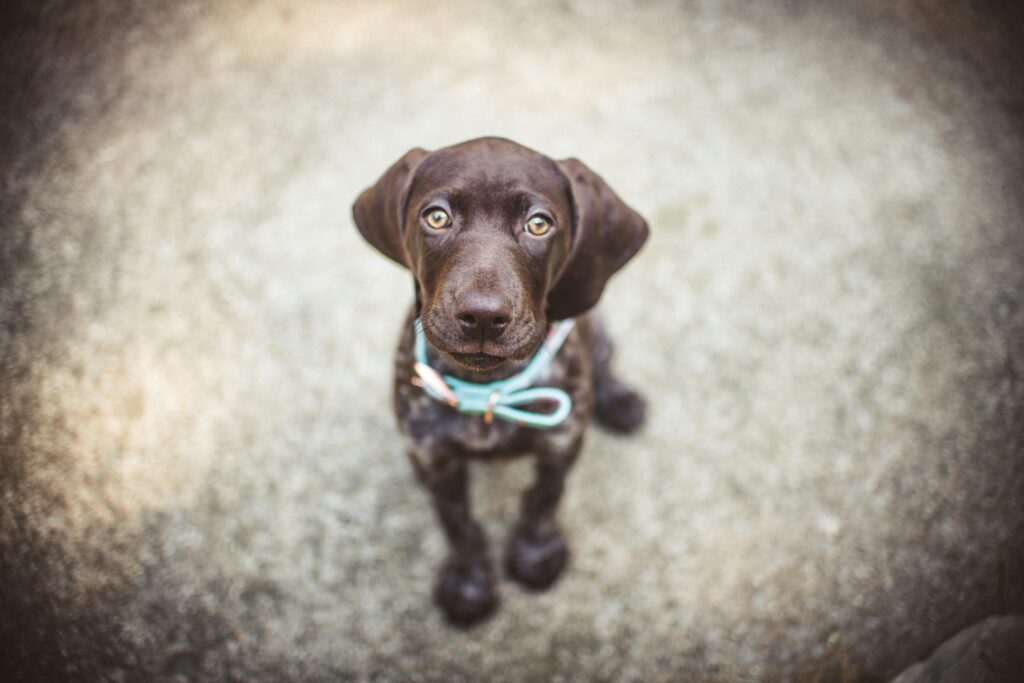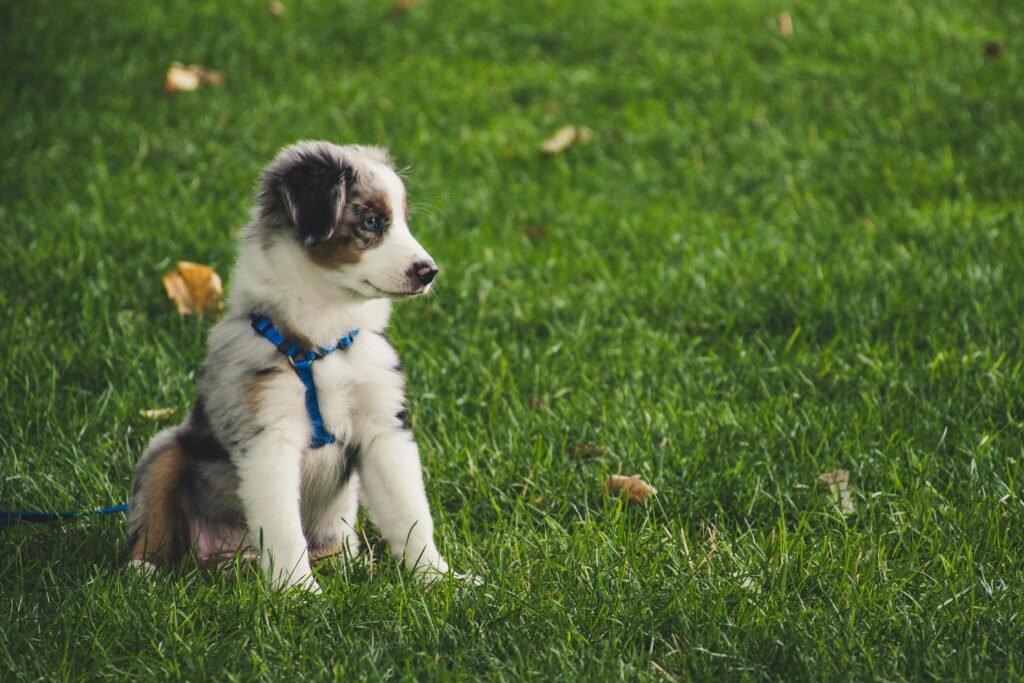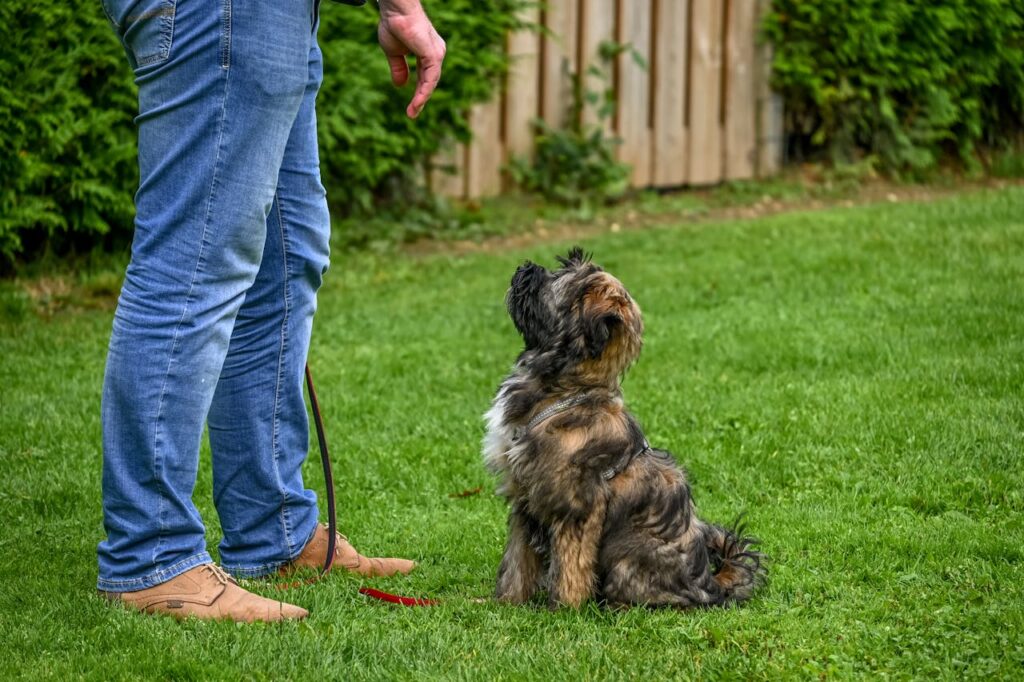One of the biggest challenges new puppy owners face is training their puppy to go potty outside.
Puppies don’t have complete control over their bladders prior to four months of age at the earliest, so the first couple of months after they come into our homes it is important that we as the owners establish consistent routines and training to prevent accidents from becoming a habit.

There are a lot of factors that contribute to how quickly a puppy is considered successfully potty trained- breed, size, genetics, health, diet, hydration habits, early socialization, and how house training was handled at the breeders’/shelter/foster home where they came from. Keeping these factors in mind can help us set our puppies up for success in potty training.
Some best practices and tips for helping your puppy master potty training:
- Supervise! Take your puppy out immediately after they eat or drink. Keep close supervision – consider using an exercise pen, gates or keeping them on leash in the house to avoid an accident. If you know they need to go but they get distracted outside and won’t go, bring them back inside, contain them with a leash/pen/crate, and then try taking them out again in 5-10 minutes.

2. Learn their Signals: Watch your puppy as they get ready to potty- what are they doing just before they go? Pacing, sniffing and circling are common signals that a puppy is about to go. They may also get antsy and irritable! You may notice they get the zoomies right before they need to poop. It’s important that you keep a close eye on them so you can recognize the signs and take them out before they have an accident.
3. Keep it Positive: Reward for successful pottying outside. Avoid punishing accidents- this will only teach them that pottying in front of you is scary, and make it harder to potty train them. Only reward them after they have completely finished eliminating so they get in the habit of only partially peeing.
4. Stick to a Routine: Providing a routine for your pup will help you be able to track and predict when your pup will need to go out- and prevent accidents!
5. Clean with an Enzymatic Cleaner: The enzymes in the cleaner will break down the smell compounds that signal the puppy to return to that spot to potty again.
6. Use a Leash: Take your puppy out to potty on a leash rather than just letting them go out into the yard on their own. Consistently taking them out on leash signals to them that they’re going outside to go potty, not to play or explore in the yard.
If your puppy is struggling to understand potty training, ask for help sooner rather than later to get them on the right track! This is a behavior problem most successfully addressed while a dog is young. We are here to help!
Contact us for training assistance at trainmeanimaltraining.com.

